Electric Guitar Tone Capacitor (Caps) Values
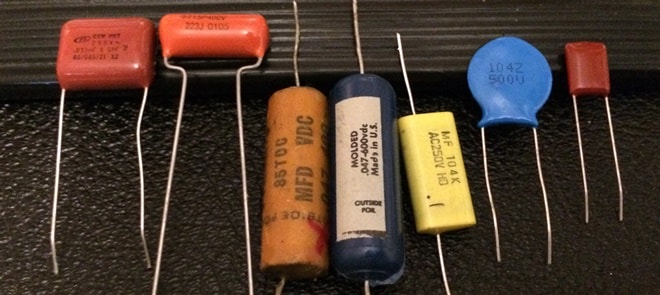
As any of you who have bought my pickup sets already know,
I include quality tone caps at my preferred values with all my pickup sets. Yes, they DO affect your tone. How much?
Well, here’s my list from what I consider MOST important to least.
Remember we’re talking SOLID BODY ELECTRIC GUITAR HERE!
#1: The amp (taking ALL design features into consideration)
#2: The Pickups and Speakers (tie)
#3: The guitar’s scale
#4: The guitar’s body (materials, specs & methods)
#5: The Guitar’s Neck (materials, specs & methods)
#6: The guitar’s electronics, including pots, wire, jack,
and CAPS!
#7: The guitar’s hardware, especially the bridge and nut
#8: The guitar’s frets
So, caps are fairly far down the list … but … for folks
trying to eek out that last little bit to take a guitar from good to truly
great, yes, the tone cap value will be important.
For simplicities sake, we’ll specifically be comparing the
three most common values: 0.1uf, 0.047uf, and 0.022uf; I’ll also mention that I
like 0.033 caps with P90’s … we won’t specifically discuss them, but as you can
imagine, they fall in-between the 0.022 and 0.047uf. Ready? Let’s dig in!
First a quick reminder of what a “tone cap” in a standard
passive electric guitar actually is; it simply is a device that shunts
high-frequencies to ground, effectively eliminating them. Effectively, the bigger the cap, the more
highs are eliminated. The “tone pot” (potentiometer)
controls how much of the guitars signal is sent to the tone cap to have its
highs removed. Standard tone pots are
between 250K-ohms and 1000K-ohms (1-meg).
By far the most popular values are 250K, which are typical in Fenders,
and 500K, which are typical in Gibsons.
When it comes to passive guitar TONE controls, there is not a
significant difference between the two values, except for the speed in which
the control reacts. Folks, feel free to disagree
with me here, but I’ll try to prove this at the end of this blog. Now, if we were talking VOLUME controls, then
there is more difference … but that’s a whole nother blog topic! One last note: a “250K” pot in a perfect world would sweep
from 250,000 (250K) ohms to zero ohms (dead short); in the real world it could be anywhere from
about 225-280K on one end, and 3-12 ohms on the other end. In other words: the tone cap is NEVER totally
out of the circuit, even when “on 10”, there is still a little signal going
through the cap, unless you use a no-load tone pot that clicks into a dead-off
short at “10”. Most folks do not use
those … so we’ll assume you are not using them.
Okay let’s talk CAPS!
The 0.1uf cap: this is the “warmest” cap the one that
removes the most highs.
This I the one that Leo Fender originally choose to use in
his single-coil guitars. In fact, early
Broadcasters, no-casters, and Telecasters actually had a .1uf cap that was
fully engaged in the circuit when you selected the 3rd position on
the selector switch … removing all highs and turning the guitar into total mud! Now, that’s crazy … but I DO still recommend .1uf
caps with fender style single-coil pickups.
Why? Because they sound the
warmest, and that’s a nice compliment to the typical Strat or Tele! Here are some graphs, first of a .1uf tone
control with a 250K pot, first fully rolled down, then mid-way, and then full
on 10.
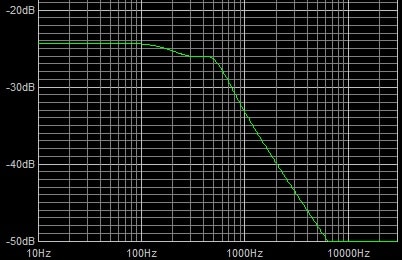
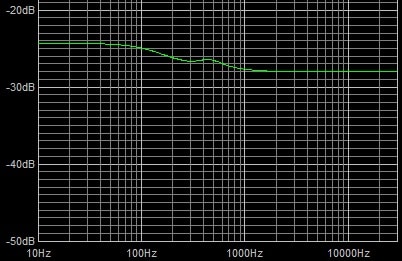
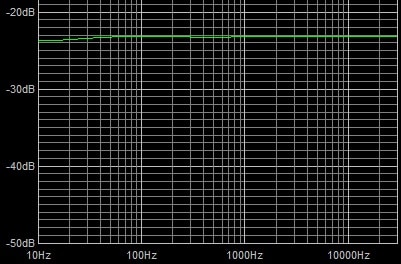
Pretty dramatic! The
roll-off begins well below 1,000Hz, and pretty much everything above 5K is
completely removed with the control on zero.
Notice, by the way, how the bottom end remains nearly smooth and
unchanged throughout the control sweep.
That’s important in single-coils!
Now here is the .047uf cap - Very Common in Telecasters
Again with a 250K pot, first fully
rolled down, then mid-way, and then full on 10.
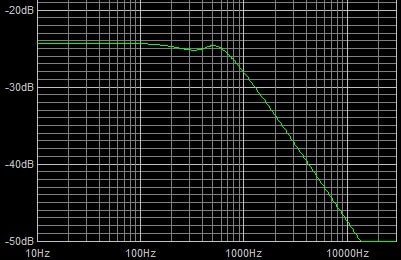
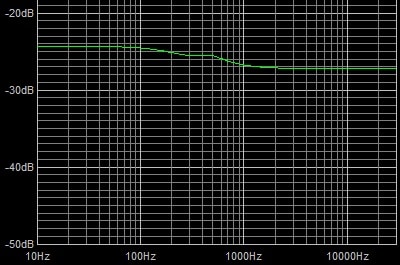
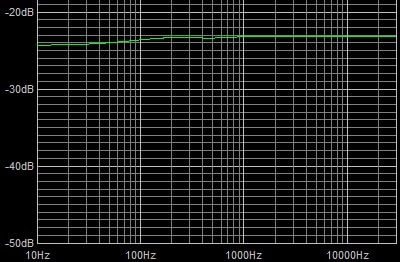
Here, we start to see a little less in the way of top
roll-off. This cap is often used in
Teles, when folks want a little more top-end bite, and it works well for
that.
The .022uf cap, My favorite cap for humbuckers:
Again these graphs are with a
250K pot, first fully rolled down, then mid-way, and then full on 10.
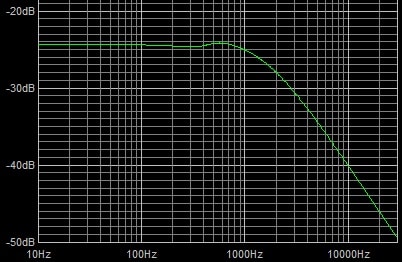
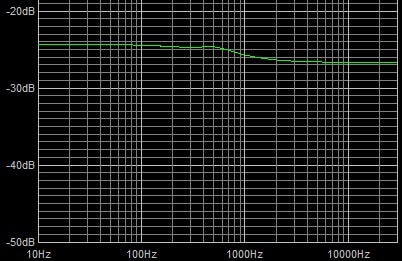
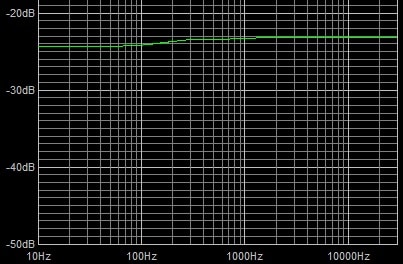
Here you will notice quite a bit less of the top frequencies
are removed, and possibly just as important … you will notice that when the
control is fully on 10, there is actually a small decrease in the low
frequencies. This might work out well in
humbuckers, but spells the death-nail for bright single-coils!
And one last graph with the .022uf, this one is the same as the first one, a
.022 cap and the control rolled all the way down, but this time with a 500K
tone pot often used in Gibsons. The result
is nearly identical to that of the 250K, it's just that the sweep of the control will feel different.
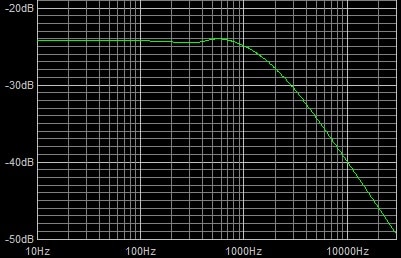
And my final word on caps:
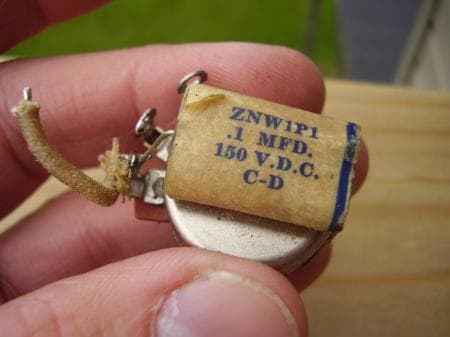
There is only one reason to pay more than five bucks for any passive
guitar cap, and that reason is if it’s to preserve the integrity of a valuable
vintage instrument. The main thing you
need are caps that are dead-on with their claimed value, are stable under all
temperatures and conditions, and have ultra-low esr. Only the very cheapest caps fall below this, sadly, many low-end guitars use these, replace those puppies right away! If ya want to spend $50 on a repro
bumblebee go for it, but the reward will be in bragging rights, not tone. Three
– five bucks will buy ya a cap that exceeds any and all specs needed in a
guitar tone circuit.
Y’all let me know if ya want to do a little hair-splitting
talking about the differences between Mylar, polypropylene, oil-n-paper, etc. The short story is: it aint much; the long
story is … well, long!
email Vaughn About Vaughn Skow